Description
Tulips in a Delftware vase by Henri Lebasque printed on a Hoodie
About the Hoodie
Modern fit
It provides a more tailored look than a regular fit
Comfortable
The fabric and fit of this item are extra comfy
Tear-away tag
Easily removable tear-away tag that allows you to add a custom inside label
Premium quality
The product is made from premium, high-quality materials
Classic unisex hoodie with a front pouch pocket and matching flat drawstrings. The 100% cotton exterior makes this hoodie soft to the touch.
- 65% ring-spun cotton, 35% polyester
- Charcoal Heather is 60% ring-spun cotton, 40% polyester
- Carbon Grey is 55% ring-spun cotton, 45% polyester
- 100% cotton face
- Fabric weight: 8.5 oz./yd.² (288.2 g/m²)
- Front pouch pocket
- Self-fabric patch on the back
- Matching flat drawstrings
- 3-panel hood
- Tear-away tag
Henri Lebasque (1865–1937)
Henri Lebasque was a French post-impressionist painter. He was born at Champigné (Maine-et-Loire). His work is represented in French museums, notably Angers, Geneva (Petit Palais), Lille (Musée des Beaux-Arts), Nantes, and Paris (Musée d’Orsay).
He started his education at the École régionale des beaux-arts d’Angers, and moved to Paris in 1886. There, Lebasque started studying under Léon Bonnat, and assisted Ferdinand Humbert with the decorative murals at the Panthéon. Around this time, Lebasque met Camille Pissarro and Auguste Renoir, who later would have a large impact on his work.
Lebasque’s vision was coloured by his contact with younger painters, especially Édouard Vuillard and Pierre Bonnard, founders of Les Nabis, a group of Intimist painters that first favoured the calm and quietude of domestic subject matter. From his first acquaintance with Georges Seurat and Paul Signac, Lebasque learnt the significance of a colour theory which stressed the use of complementary colours in shading.
Lebasque was a founding member of the Salon d’Automne in 1903 with his friend Henri Matisse and exhibited at the Salon des Indépendants. Two years later, a group of artists exhibited there including Georges Rouault, André Derain, Henri Ottmann, Édouard Vuillard, and Matisse. Lebasque also became friends with artists such as Raoul Dufy, Louis Valtat, and Henri Manguin, the last of whom introduced Lebasque to the South of France.
His time in South of France would lead to a radical transformation in Lebasque’s paintings, changing his colour palette forever. Other travels included the Vendée, Normandy, and Brittany.
Lebasque had some commercial success during his lifetime. He worked on the decorations at the theatre of the Champs-Elysées and of the Transatlantique sealiner.
Lebasque died at Cannet, Alpes Maritimes in 1937.

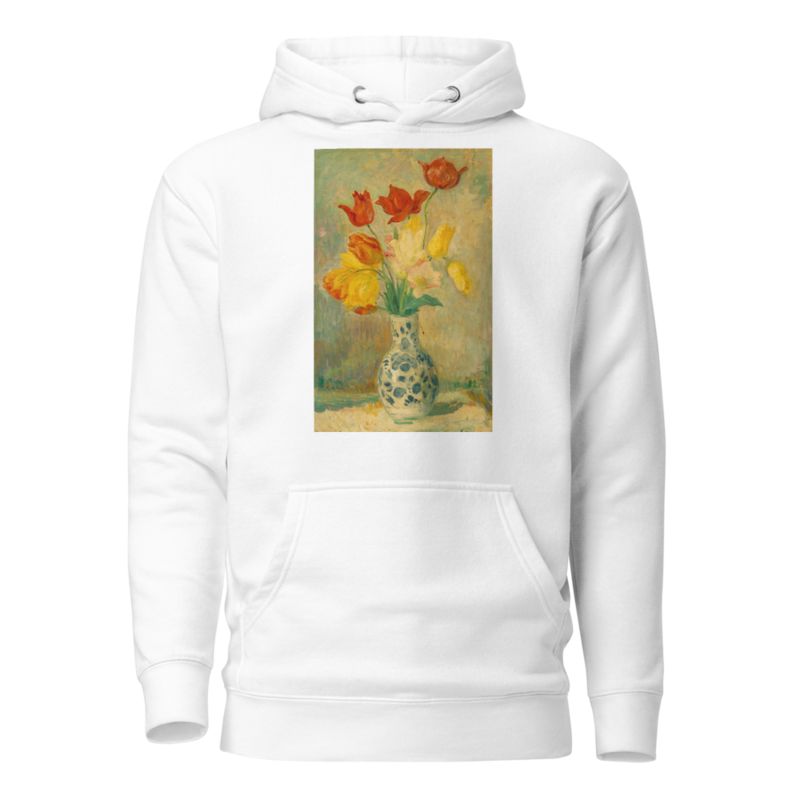
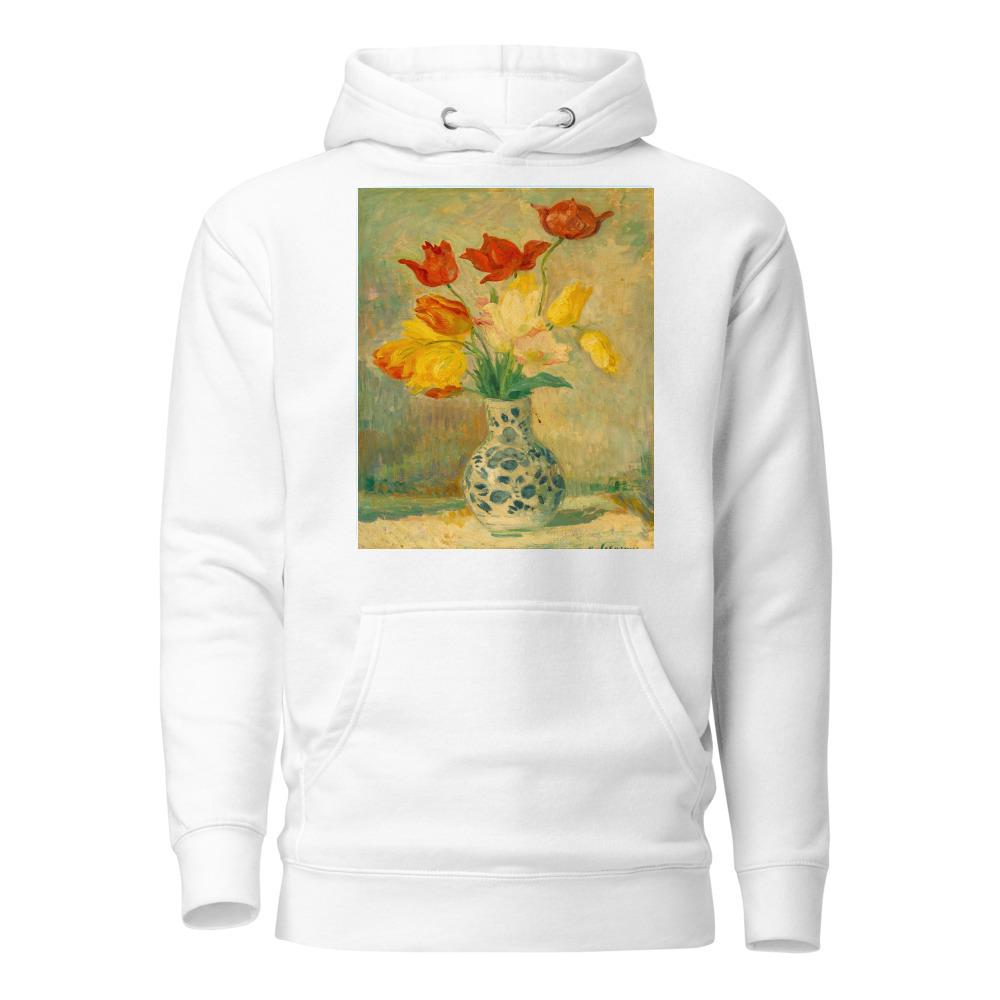
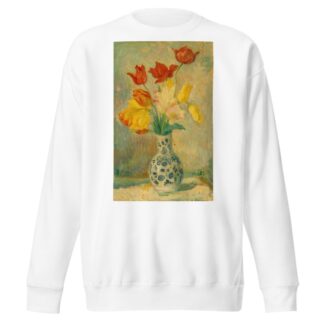
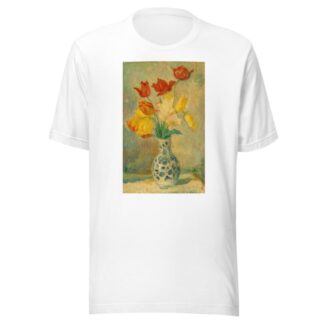
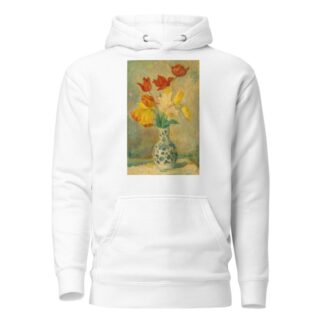
Reviews
There are no reviews yet.